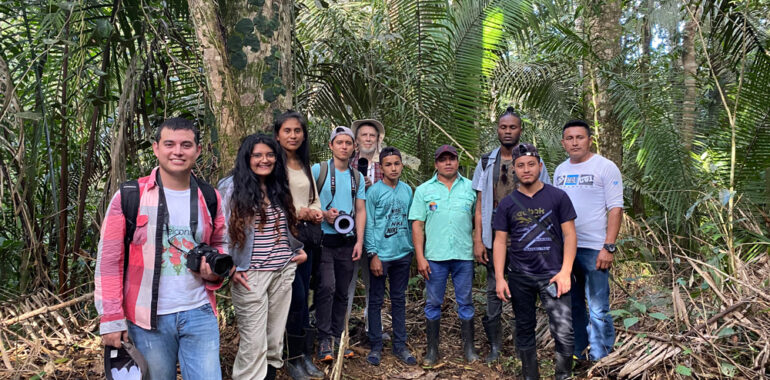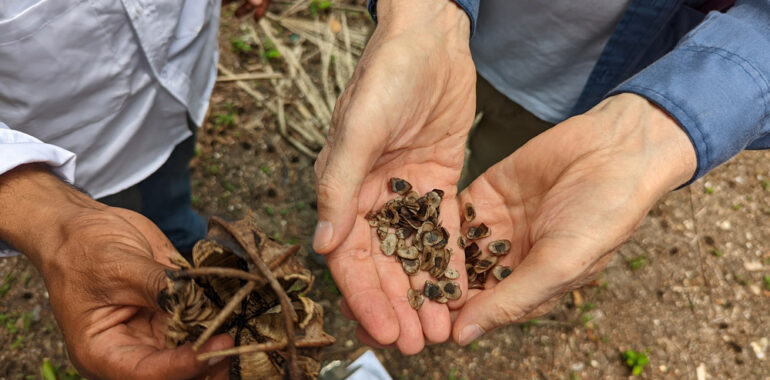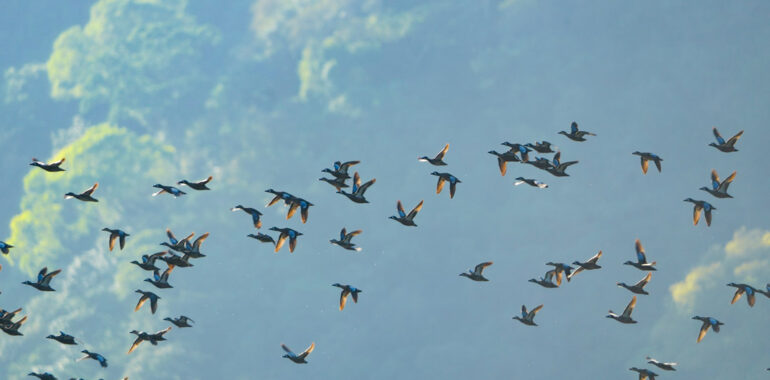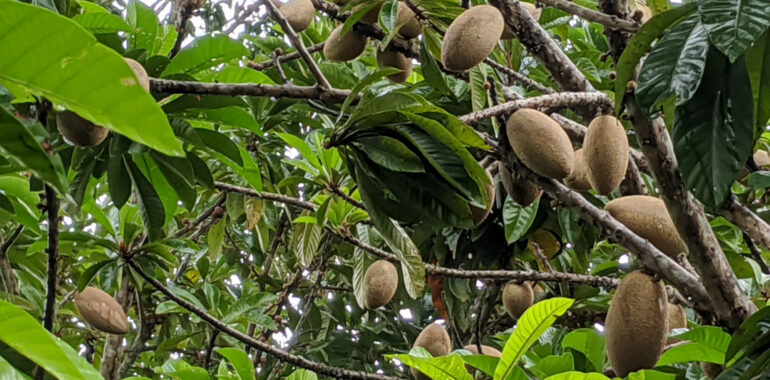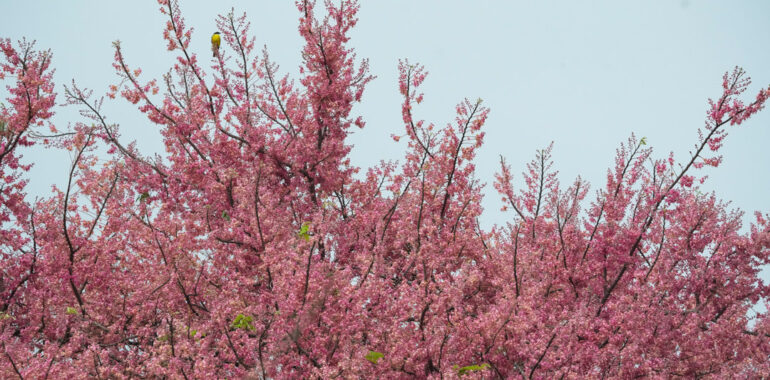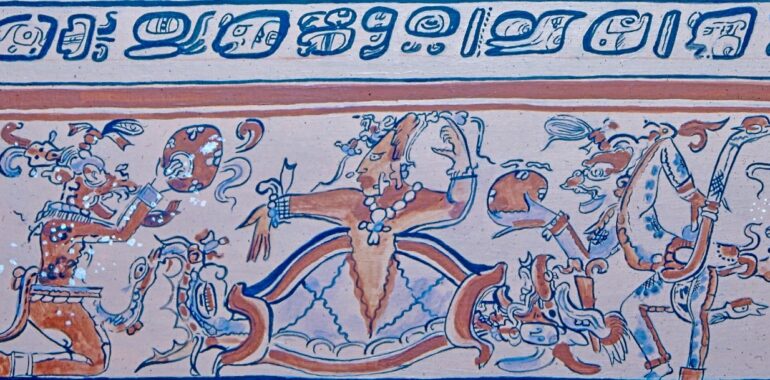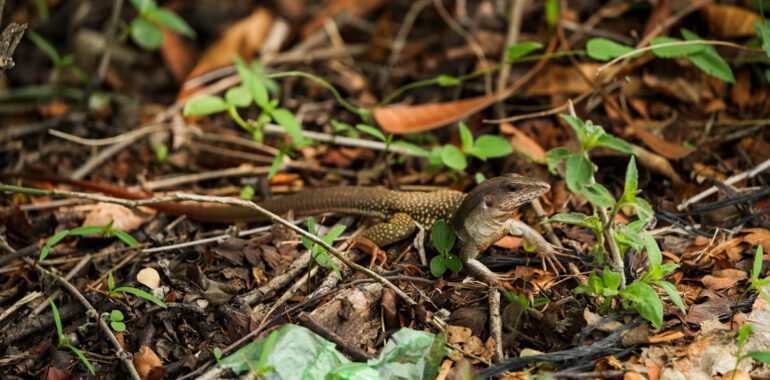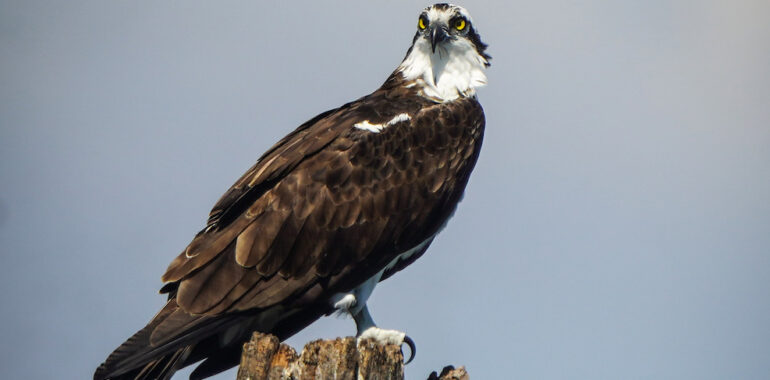This may not be the usual FLAAR blog filled with many facts about nature or science. In fact, it may blur the line of the organization’s focus. However, it will hopefully link with its main topic: the relationship between indigenous communities and biodiversity. As you will be able to read in the following paragraphs, Indigenous…
From finding prehistoric fish to locating wild vanilla flowers: the valuable support of park rangers
Park rangers are specialists in nature. Their knowledge and experience are unparalleled from any other people due to the time they stay in wild places. To acknowledge their labor and honor World Ranger Day, next follow some of the lessons and adventures they have shared with FLAAR Mesoamérica’s expeditions team. Most park rangers in Guatemala…
Documentation of Migratory Birds in Lake Atitlan, “The Most Beautiful Lake In The World” according to National Geographic
Bird Migration is an annual event that occurs when millions of birds undertake a long and risky journey from their breeding to wintering grounds and vice versa. Such a journey takes place on routes that birds have already established from north to south and south to north. In addition, many of the bird species travel…
A delicious substitute of Cacao drink using Mamey Sapote seeds
In April 2024, the FLAAR Mesoamerica expedition team went to the beautiful mountains of Senahú to visit the Chipemech community. 20 km away from the center of Senahú, they met some of the relatives of our photography assistant and expert in local ethnobotany topics, Senaida Ba. The purpose of this visit was documenting the preparation…
A search in the Northeast of Guatemala for amazing plants used by the Maya as flavorings for cacao
On April 5th, 2024, our expedition team went to the Northeast of Guatemala in search of 4 different native plants that are locally used as flavorings for cacao. Finding them and learning about them would enrich the research we have conducted so far on the cacao drink and the flavorings for cacao. These species are: …
A Closer Look at Marine Species in Classic Maya Art
Spondylus spp. Property of Centro de Estudios del Mar y Acuicultura (CEMA), Universidad de San Carlos de Guatemala (USAC). Photo by Victor Mendoza, 2022. Mayan art was developed in southeastern Mesoamerica during the Late Preclassic period and flourished in the Classic period. It includes architectural structures, stone sculptures, carved wooden pieces, murals, writing, books, ceramics,…
Do you know how is cacao drink made by hand?
FLAAR Mesoamérica tells you about this experience from the great mountains of Senahú Chocolate is currently one of the most in-demand edible products globally, having a market of USD 115.80 billion in 2022 and is expected to register a CAGR of 3.4% during the forecast period. But do you know where this delicious product is…
A treasure of the Motagua Valley: The Unique Aspidoscelis motaguae Lizard of Mesoamerica
Who are the Teiids (Teiidae)? The genus Aspidoscelis belongs to the family Teiidae. This group includes approximately 110 species reported in regions across the United States, the Mesoamerican zone, South America, and parts of the Antilles (Köhler, 2003). Some of the main genera in this family located in the Mesoamerican region are Aspidoscelis, Cnemidophorus and…
The impact of noise pollution on birds
Our world is filled with constant noise, which can negatively impact the physical and mental well-being of all living creatures. For birds, noise is a chronic and unavoidable source of stress. While they have endured loud natural sounds like streams, waterfalls, and wind for centuries, human-made noise pollution is a relatively new and concerning phenomenon.…
Forest and Water: A Vital Resources of Our Planet
In March we celebrate the International Day of Forests (March 21th) and World Water Day (March 22th), two commemorative dates for life and the vital resources for the functioning of this planet. Water is an essential element of any living organism and fundamental for sustainable forest management. Forests are crucial for regulating the hydrological cycle…

